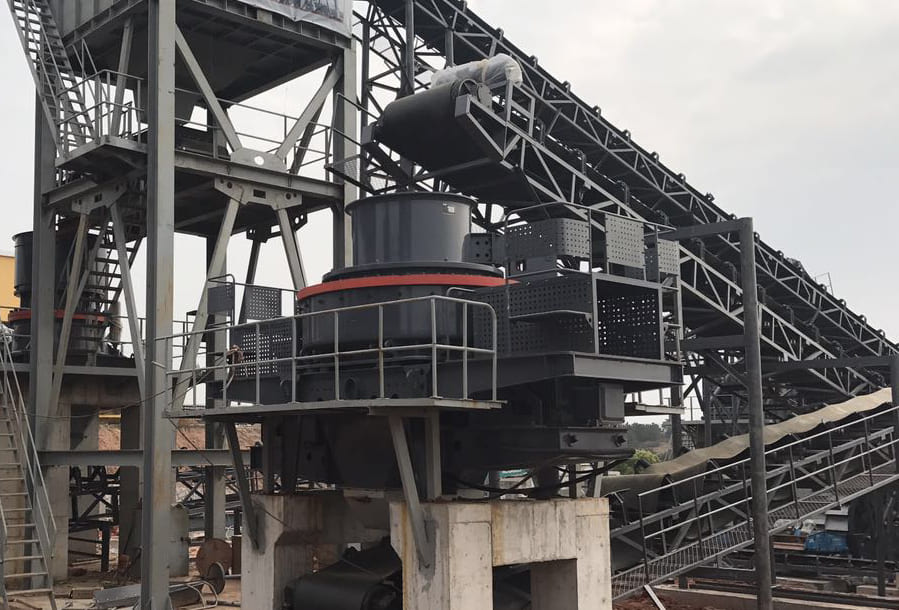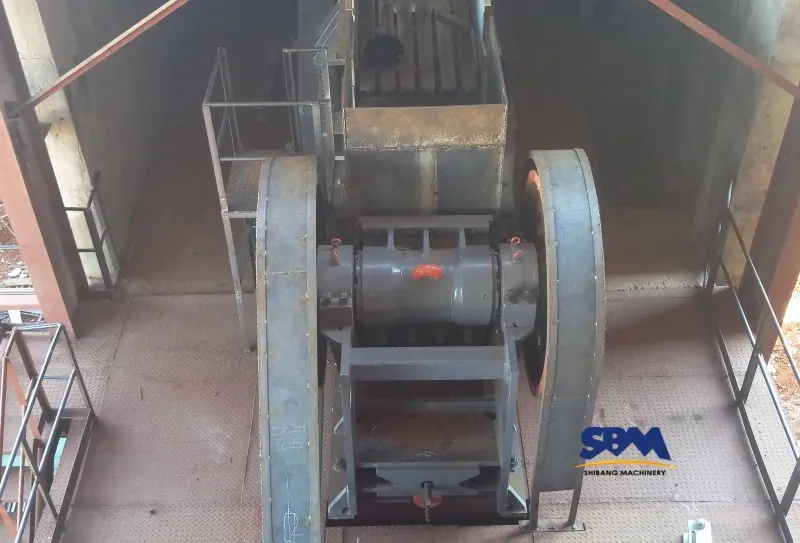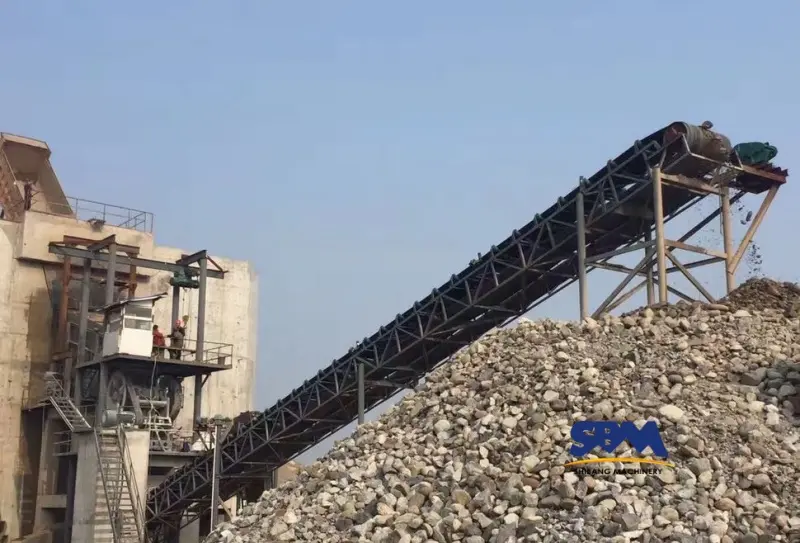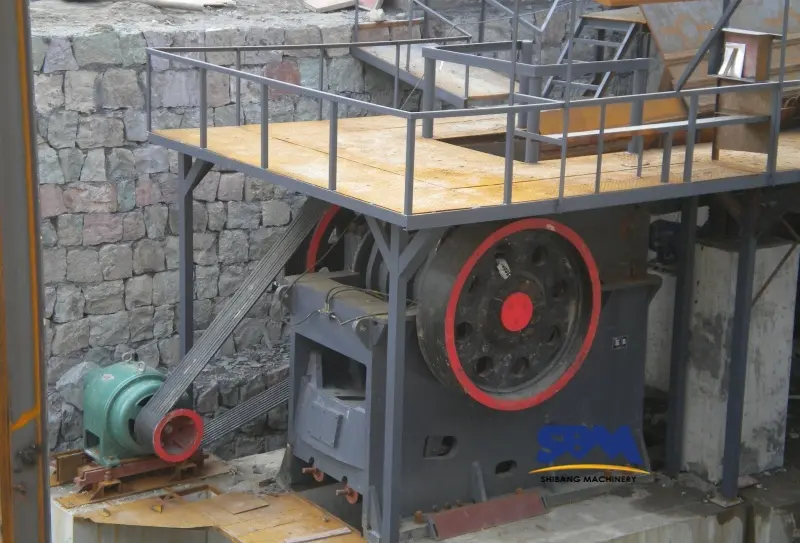بريد إلكتروني: [email protected]
آلة صنع لب الرمل: تصنيع الأجزاء, حَشد, وتشغيل الآلة
Sand core making machine plays a vital role in various industries, enabling the production of intricate sand cores used in casting processes. This article will delve into the process of fabricating and assembling the different components of a sand core making machine, as well as the subsequent machine operation and debugging.
تصنيع الأجزاء
The production of a آلة صنع الرمل involves the creation of several crucial components. These components include the following:
- أ) Frame and Base: The frame and base provide structural support to the machine. They are fabricated using sturdy materials such as steel or iron, ensuring stability during operation.
- ب) نظام الناقل: The conveyor system transports the sand and other materials within the machine. It consists of belts, rollers, and pulleys, fabricated to withstand the heavy loads and continuous operation.
- ج) Sand Hopper: The sand hopper stores the raw material, allowing a steady supply of sand for the core making process. It is fabricated with durable materials and designed for easy loading and unloading.
- d) Mixing Mechanism: The mixing mechanism blends sand with binders and other additives to create a homogeneous mixture. It comprises motors, gears, and mixing blades, fabricated for efficient mixing and uniform distribution.

حَشد
Once the individual components are fabricated, the assembly process begins. The following steps outline the assembly of a sand core making machine:
- أ) Framework Assembly: The frame and base are assembled, ensuring proper alignment and secure connections. Precision measurements and welding techniques are employed to achieve a sturdy structure.
- ب) Integration of Components: The conveyor system, sand hopper, mixing mechanism, and other relevant parts are integrated into the machine. Careful attention is given to proper alignment and secure fastening to ensure smooth operation.
- ج) Electrical and Control System Integration: Electrical wiring, motors, sensors, and control panels are integrated to enable automated operation and precise control of the machine’s functions. Thorough testing and adherence to safety standards are crucial during this stage.
Machine Operation and Debugging
After assembly, the sand core making machine undergoes a series of operation and debugging procedures to ensure optimal performance. This includes:
- أ) Power-Up and Initial Testing: The machine is connected to a power source, and initial tests are conducted to verify the functionality of individual components and the overall system.
- ب) Calibration and Adjustment: Parameters such as sand-to-binder ratio, mixing speed, and conveyor speed are adjusted based on specific requirements. Calibration ensures consistent and accurate core production.
- ج) Trial Runs and Quality Assessment: The machine is operated using sample materials to produce sand cores. The cores are inspected for dimensional accuracy, surface finish, and structural integrity, ensuring that the machine meets desired quality standards.
The process of creating a sand core making machine involves meticulous fabrication of various components, their assembly into a functional unit, and subsequent operation and debugging. The successful development of a well-designed and efficiently functioning sand core making machine is instrumental in enhancing the casting processes and productivity across industries.
المكتب الرئيسي
واتس اب:+8615225176731
بريد إلكتروني: [email protected]
عنوان: لا. 1688, طريق جاوك الشرقي, حي بودونغ الجديد, شنغهاي, الصين.
موقع إلكتروني: https://www.mill-sbm.com/
محتويات المادة
المشاركات الاخيرة
- معالجة خام الذهب: كفاءة الكسارة الفكمفصلات معالجة خام الذهب الفعالة على عمليات سحق دقيقة, حيث تقوم كسارات الفك بتحويل الودائع الوعرة إلى المواد الأولية المحسنة. اكتشف كيفية ضبط هذه الآلات لذروة الإنتاجية دون المساس في العمل ...
- سحق النهر الحصى مع كسارات الفكحجر الزاوية في البناء الحديث, يوفر River Gravel صلابة لا مثيل لها وقدرة على التكيف مع الطرق, أسمنت, والسيطرة على التآكل. بعدها الوعرة, تتطلب الطبيعة غير المنتظمة آلات تم إنشاؤها لتحمل الكسارات الفك.
- كيفية اختيار حجم كسارة الفك الصحيح لصناعتك?إن اختيار حجم كسارة الفك الأيمن ليس لعبة تخمين - إنها علوم متجذرة في ديناميات المواد وحساب التفاضل والتكامل التشغيلي. للصناعات من التعدين الصخري إلى إعادة تدوير الخرسانة الحضرية, حتى ...



